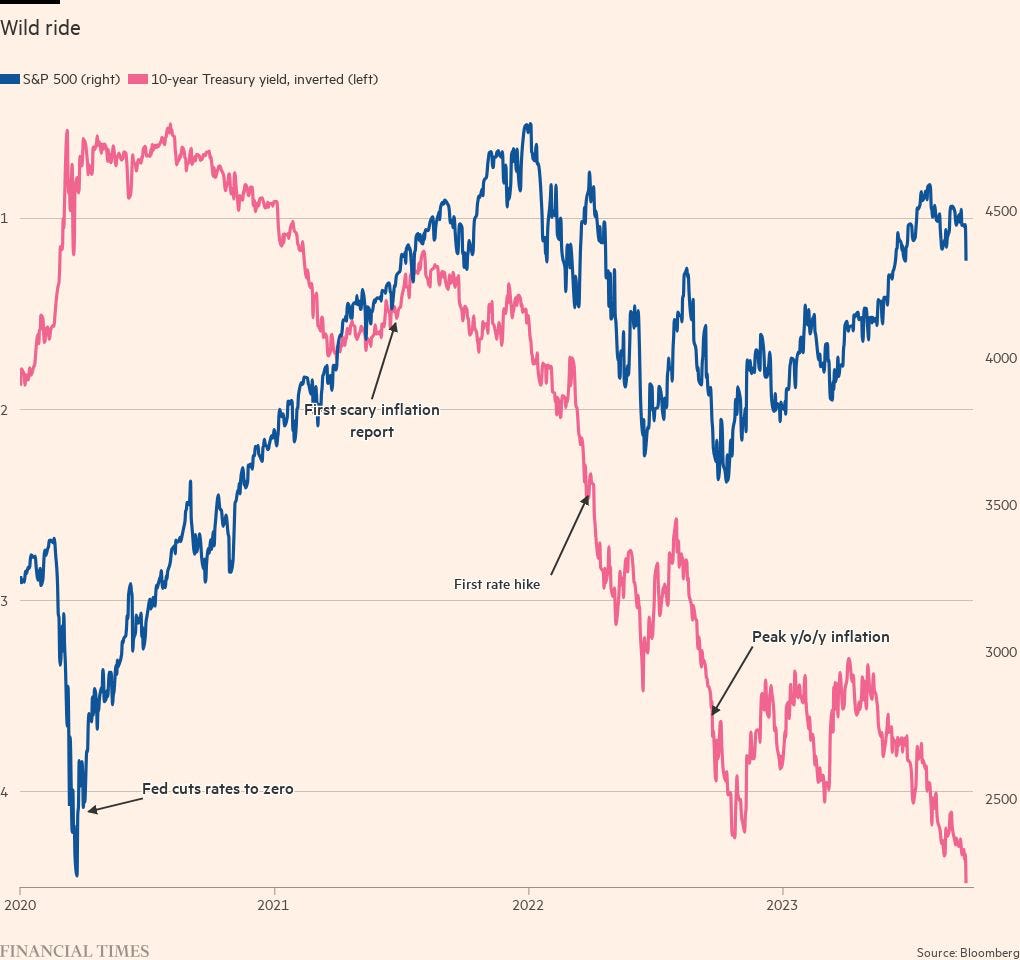Five charts to start your day
Equities and bonds are not what they seem. Nor is inflation.
Good morning to you all and hope you had a well rested weekend. To start the week we are going to take to paradox of bonds and equities and how sometimes they are great diversifiers, and sometimes they are not.
The big problem we have in the investment industry is that there is often a lot of half truths and false positives. It’s always good to challenge conventional wisdom.
Coming up:
Equities and bonds are not always uncorrelated, nor diversifiers
Housing stocks are running low in English-speaking countries
Real yields, and not inflation fears, have been the real driver of the bond sell-off
Most of Meta’s revenues comes from advertising
Default rates on credit card loans have now surpassed levels not seen during the Financial Crisis
As always, the first chart is free. If you would like to see the rest and previous top charts in the chart library, consider becoming a paid subscriber.
Equities and bonds are not always uncorrelated, nor diversifiers
Source: The Financial Times, https://www.ft.com/content/afc90e17-253d-49a7-bc39-dc5fbe31e648
I’m not really a fan of charts with two axes, but I’ll make an exception here. Partly because the story here is so important. The conventional wisdom is that the returns on bonds and equities are uncorrelated. But this is not always the case because there are a variety of factors that influence the direction bonds and equities take.
After the low point reached during the pandemic, the economic recovery saw stocks going up, while bonds fell. But then things flipped around and both started falling together in 2022.
This change in behaviour seems to hinge on what the Federal Reserve does with interest rates, which is a big lever on the economy. If the economy slows down, the Fed might cut interest rates to stimulate spending and investment, which usually is good for bonds. But if there's also a lot of inflation (prices rising), the Fed might be hesitant to cut rates and might even raise them to cool down the economy, which can be bad for both stocks and bonds.




